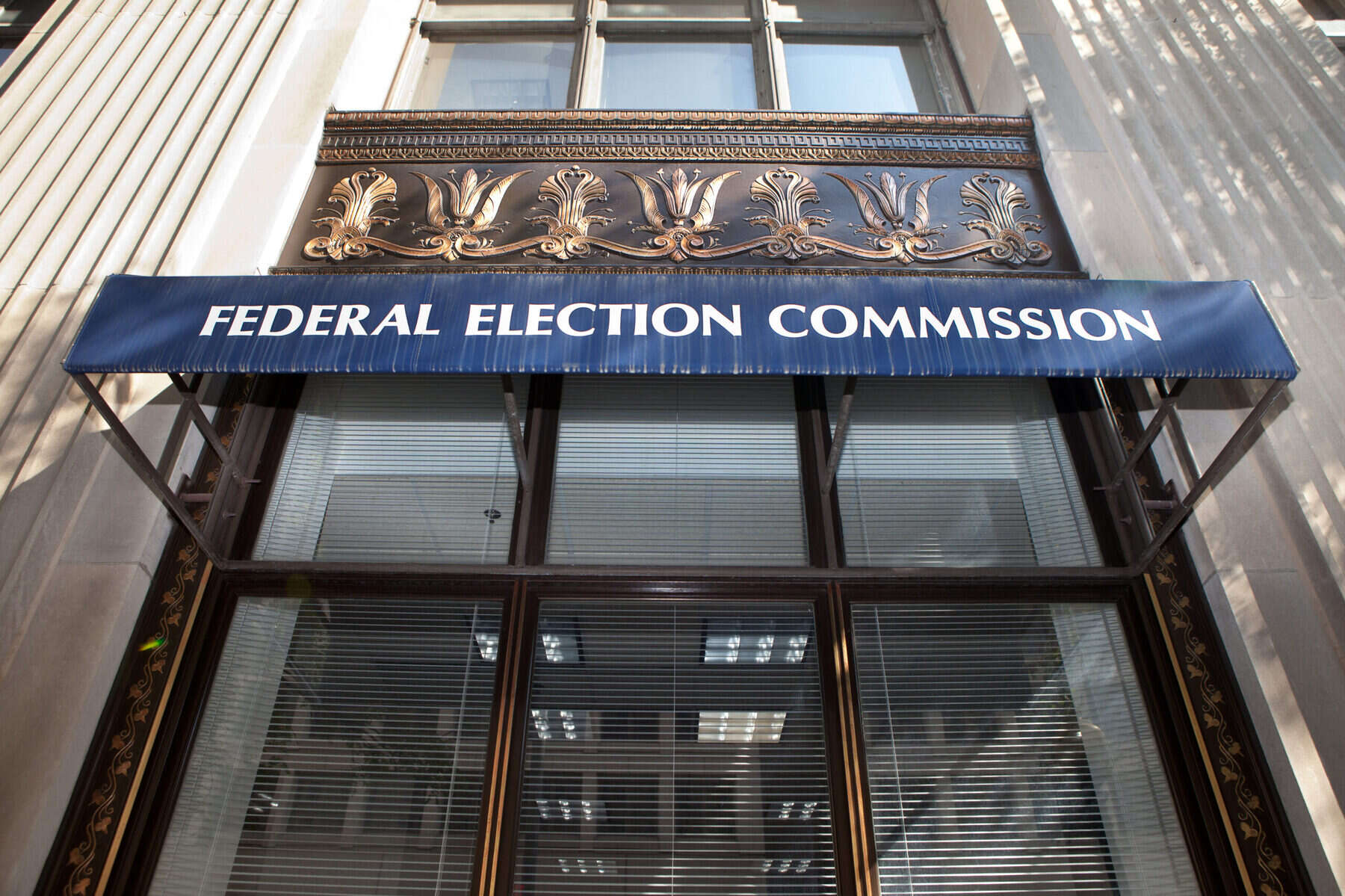
Spaghetti has become an iconic dish in more than one way. Pasta, for one, is what people think of spaghetti when they hear the word. Italian cuisine, for another, is what people think of where spaghetti comes from. Learn more about this fantastic dish with these 30 spaghetti facts.
- Spaghetti noodles average between 25 to 30 cm long.
- Italians each consume on average around 28 kg of spaghetti per year.
- Italy alone produces an estimated 1.43 million tons of spaghetti per year.
- Statistics estimate Italy could produce up to 3 million tons of spaghetti.
- On average, Italy exports only around 74,000 tons of spaghetti per year.
- Circumstantial evidence suggests that the ancient Greeks may have had dishes similar to pasta.
- The Talmud makes the first historical mentions of pasta in the 5th century A.D.
- The Arabs brought pasta with them to Europe during the Muslim Conquest of Sicily during the 9th and 10th centuries.
- Sicilians developed the first recognizably-modern spaghetti noodles during the 12th century.
- Spaghetti and other pasta became a staple food aboard exploration ships from the 15th to 17th centuries.
- Spaghetti truly became popular with the mass production of spaghetti noodles in the 19th century.
- Italian restaurants brought spaghetti with them to the USA at the start of the 20th century.
- A Canadian company in the 1920s claimed that Marco Polo originally brought spaghetti with him back from China in the 13th century.
- The British TV series Panorama featured a hoax about Spaghetti Trees in Switzerland on April Fool’s Day in 1957.
- A California restaurant holds the world record for the largest spaghetti bowl, by filling a swimming pool with 6,251 kg of noodles.
- Spaghetti comes from the Italian word spaghetti, derived from spago, meaning “thin string”.
- Spaghetti noodles use a different kind of flour made from durum wheat instead of common wheat.
- Thicker variants of spaghetti noodles have the name spaghettoni, while thinner variants have the name capellini.
- Nutrients in spaghetti include B vitamins, carbohydrates, fiber, iron, potassium, and protein.
- Spaghetti Western was coined because of how Italians own and produce these films.
Was this page helpful?
Our commitment to delivering trustworthy and engaging content is at the heart of what we do. Each fact on our site is contributed by real users like you, bringing a wealth of diverse insights and information. To ensure the highest standards of accuracy and reliability, our dedicated editors meticulously review each submission. This process guarantees that the facts we share are not only fascinating but also credible. Trust in our commitment to quality and authenticity as you explore and learn with us.


